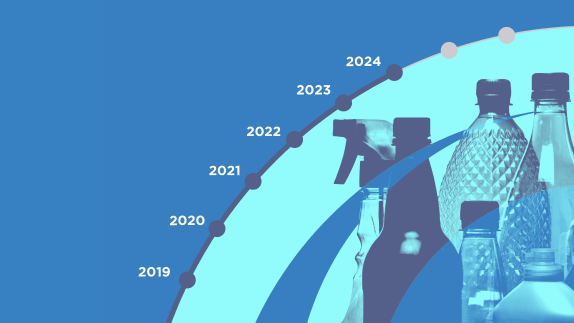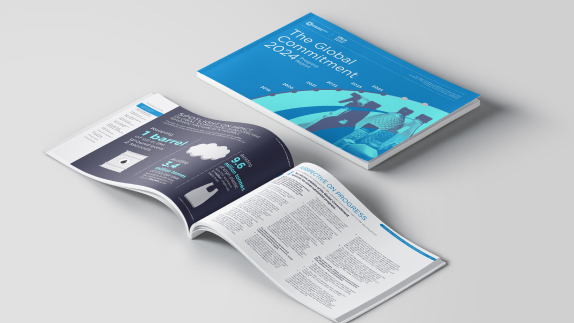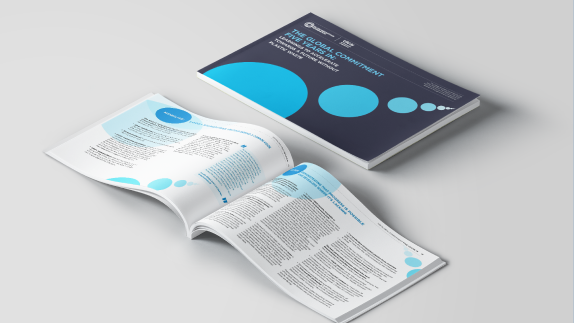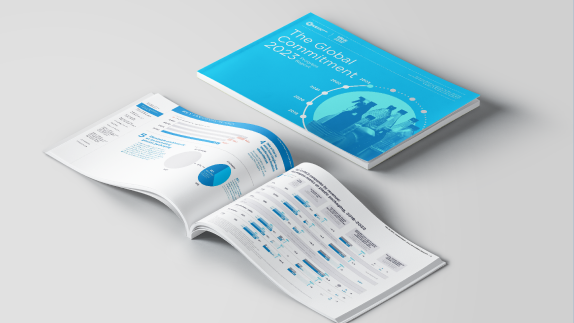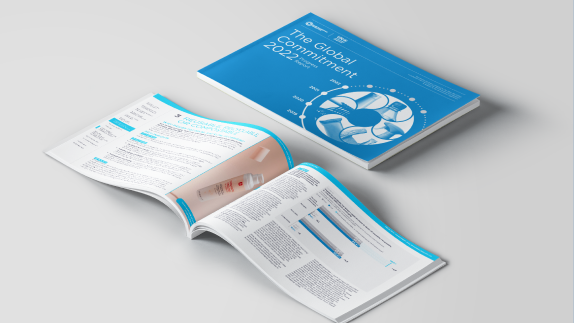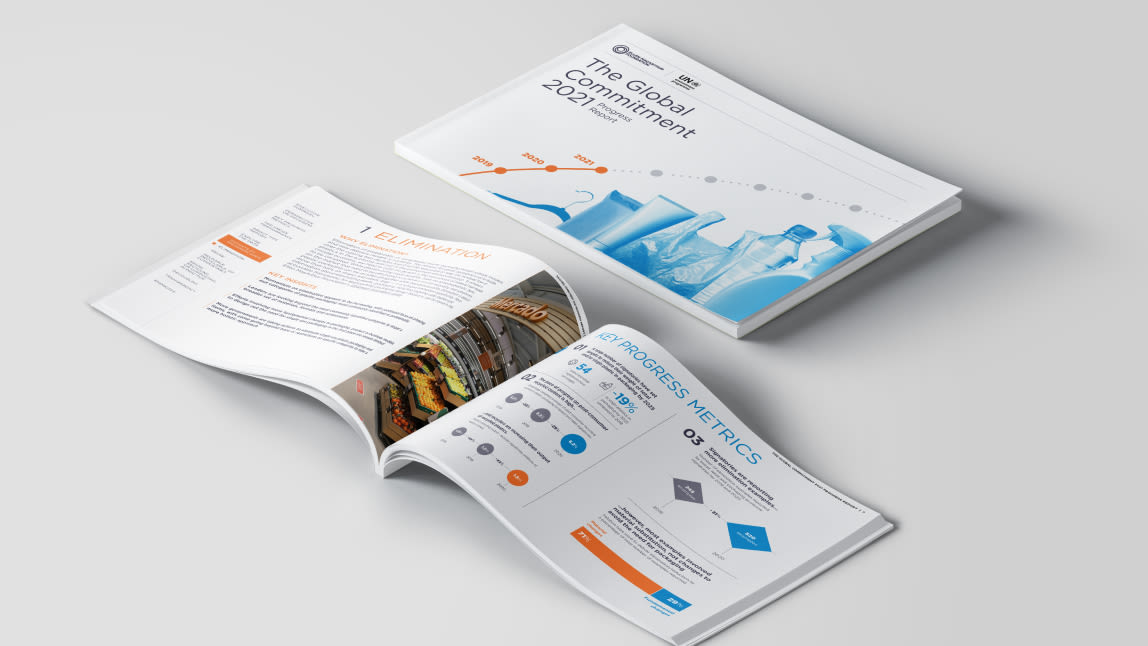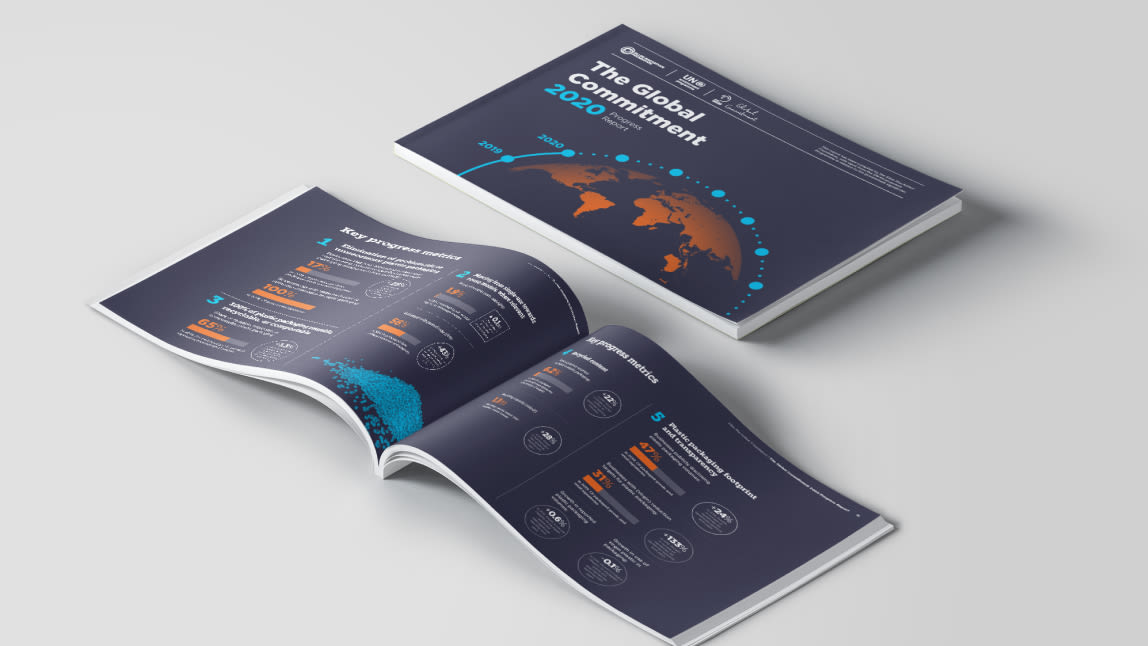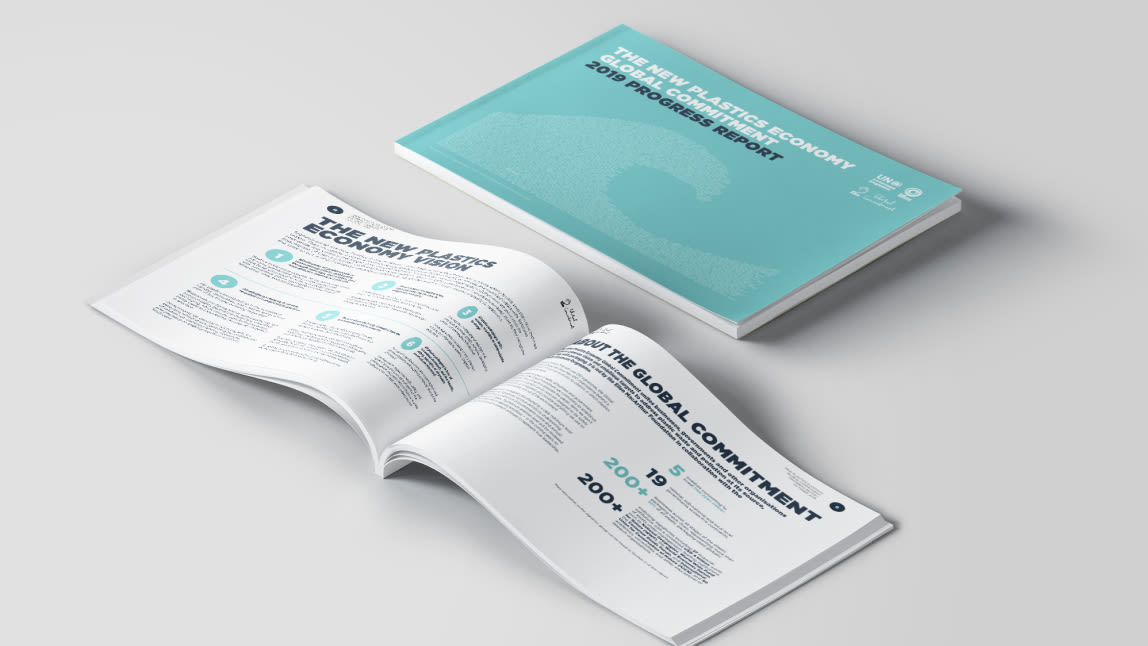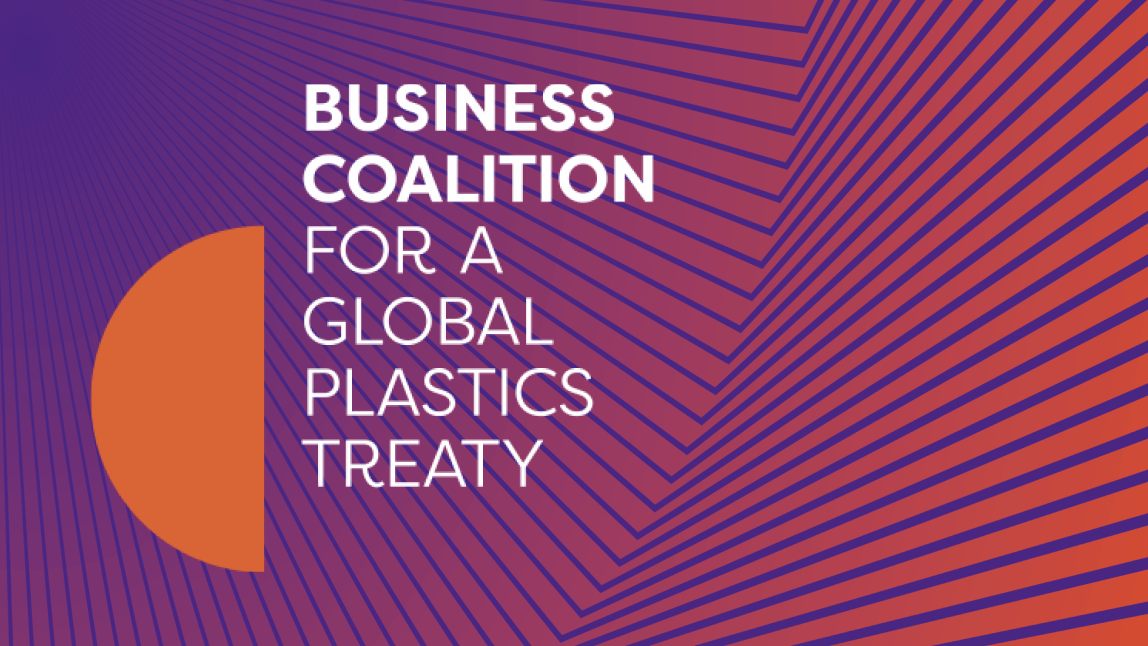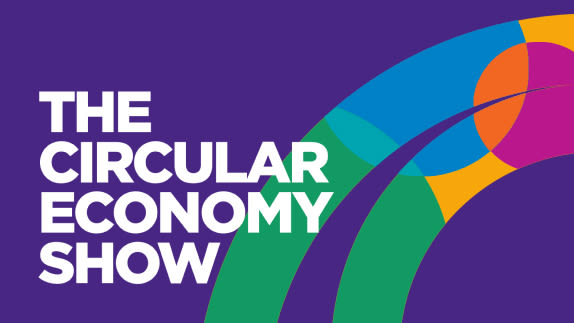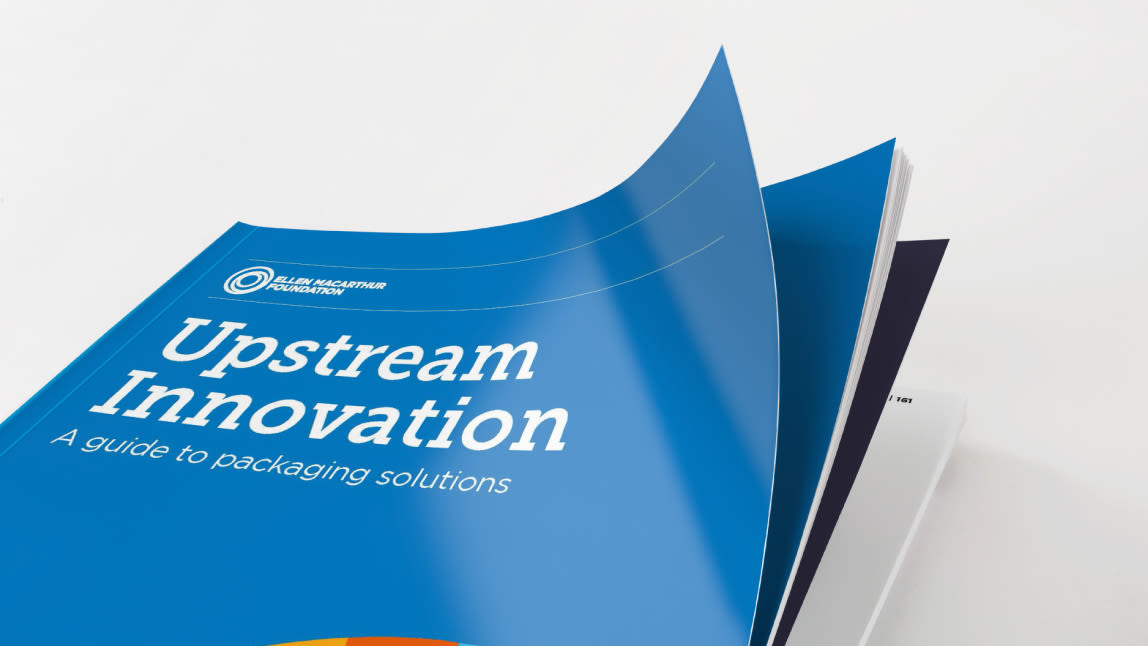The Global Commitment unites businesses, governments, NGOs, and investors behind a common vision of a circular economy in which we eliminate the plastic we don’t need; innovate towards new materials and business models; and circulate all the plastic we still use, to keep it in the economy and out of the environment. To help make this vision a reality, all business and government signatories of the Global Commitment set ambitious 2025 targets and publicly report progress every year.
The Global Commitment has shown it is possible to make meaningful progress to tackle plastic waste and pollution – but the world remains significantly off track. We need both an ambitious international legally binding instrument and greater business action if we are to stop the flow of plastic pollution.
Data and lessons from the past five years show us the path to ending plastic pollution requires robust policy action in unison with ambitious voluntary action.
We need to replicate at scale – and mandate – where industry leaders have already shown what is possible. And we need to overcome the three pivotal hurdles identified in the Global Commitment.
Let’s collectively choose to get onto the path that stops plastic pollution.
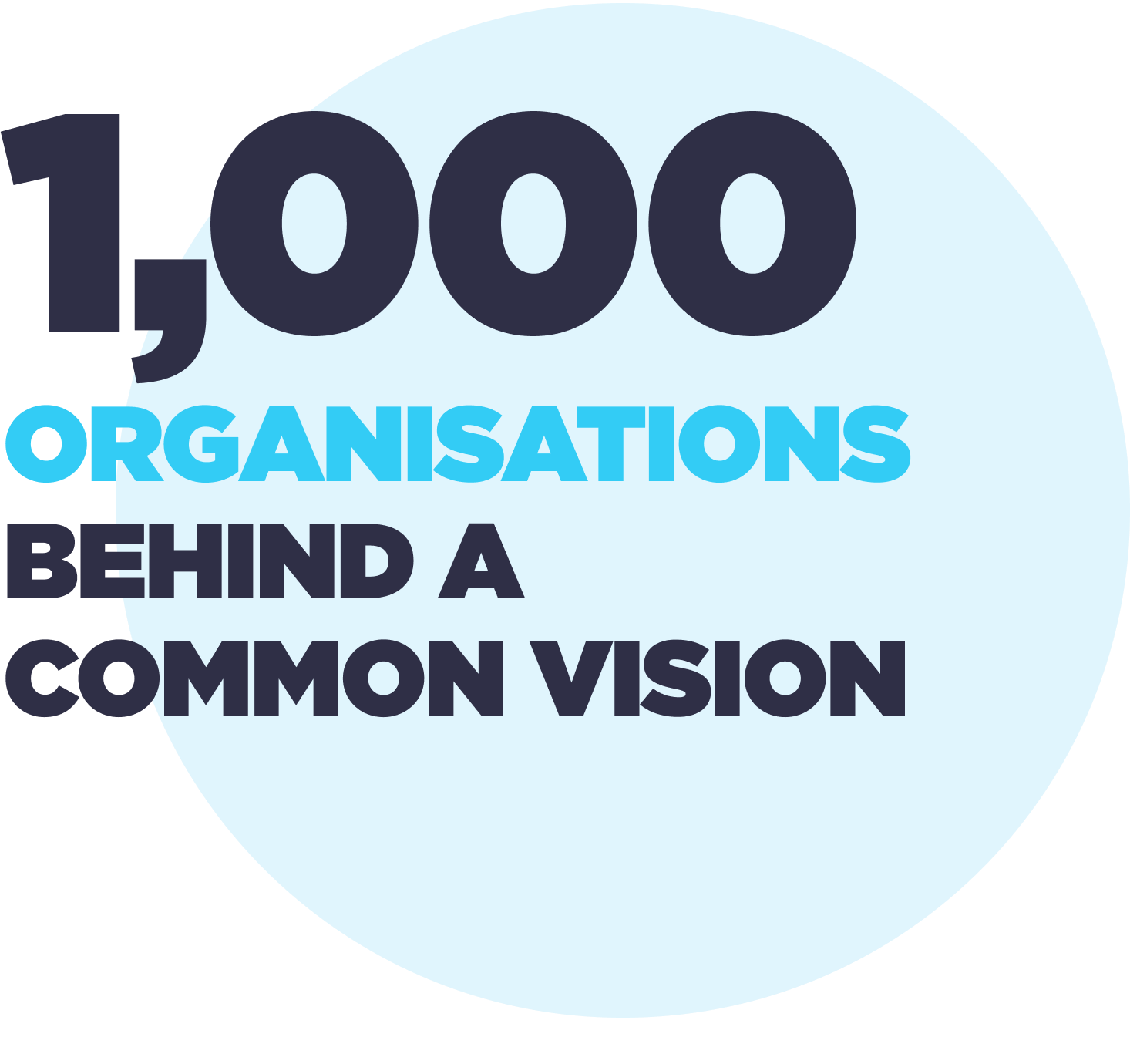
The Global Commitment, launched in 2018 by the Foundation and the United Nations Environment Programme has mobilised over 1,000 organisations behind a common vision and aligned 2025 targets, underpinned by common metrics and definitions. This group includes:
250+ businesses representing 20% of all plastic packaging globally, across the value chain and the world (the majority of business signatories are active across four or more continents)
55 governments representing over 1 billion people, across five continents
200+ endorsing signatories, including 27 financial institutions with a combined USD 4 trillion of assets under management; leading institutions such as the Consumer Goods Forum, the International Union for Conservation of Nature (IUCN), National Geographic, Systemiq, the Waste and Resources Action Programme (WRAP), the World Economic Forum, and World Wide Fund for Nature (WWF); and 50 academics, universities, and other educational and research organisations
800+ organisations that are members of one or more of the 11 Plastics Pacts around the world, which are all working towards the same common vision and aligned 2025 targets.
Five years later, it is time to reflect upon progress and learnings to date, and, based on those, provide direction for the coming years to drive progress further.
This paper aims to answer the following questions:
What is the Global Commitment, and what did it set out to do?
Five years in, where has progress been made, and where is it lacking? What can be learnt from this?
Looking ahead, what are the implications for (i) the international legally binding instrument and other policy efforts; (ii) voluntary business action; (iii) the role of voluntary initiatives vs binding regulations; (iv) the future of the Global Commitment itself?
If you are interested in the latest progress report, see the 2023 annual progress report.
The Global Commitment Five Years In paper
Available to download in English, Chinese, Spanish, and Portuguese.
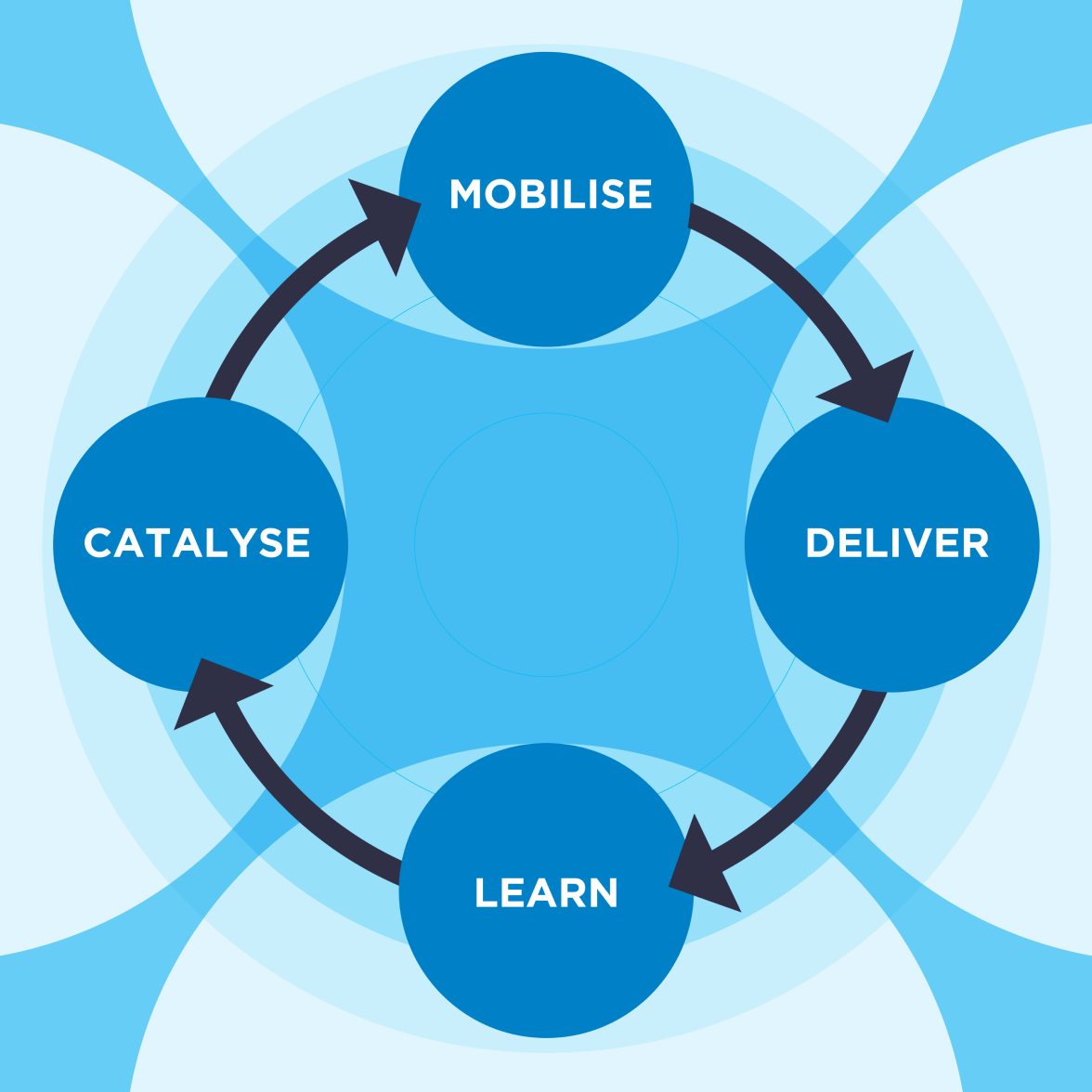
The Global Commitment set out with four key objectives:
MOBILISE a group of leading companies, governments, and other stakeholders to build alignment behind a common vision and targets to tackle plastic pollution.
DELIVER initial action towards the common vision, demonstrating where progress is possible and revealing where it is lacking.
LEARN by providing unprecedented transparency about the key opportunities and barriers, and, by exploring solutions with a critical mass of players.
CATALYSE change in the entire plastics economy by creating a ripple effect far beyond the signatory group itself.
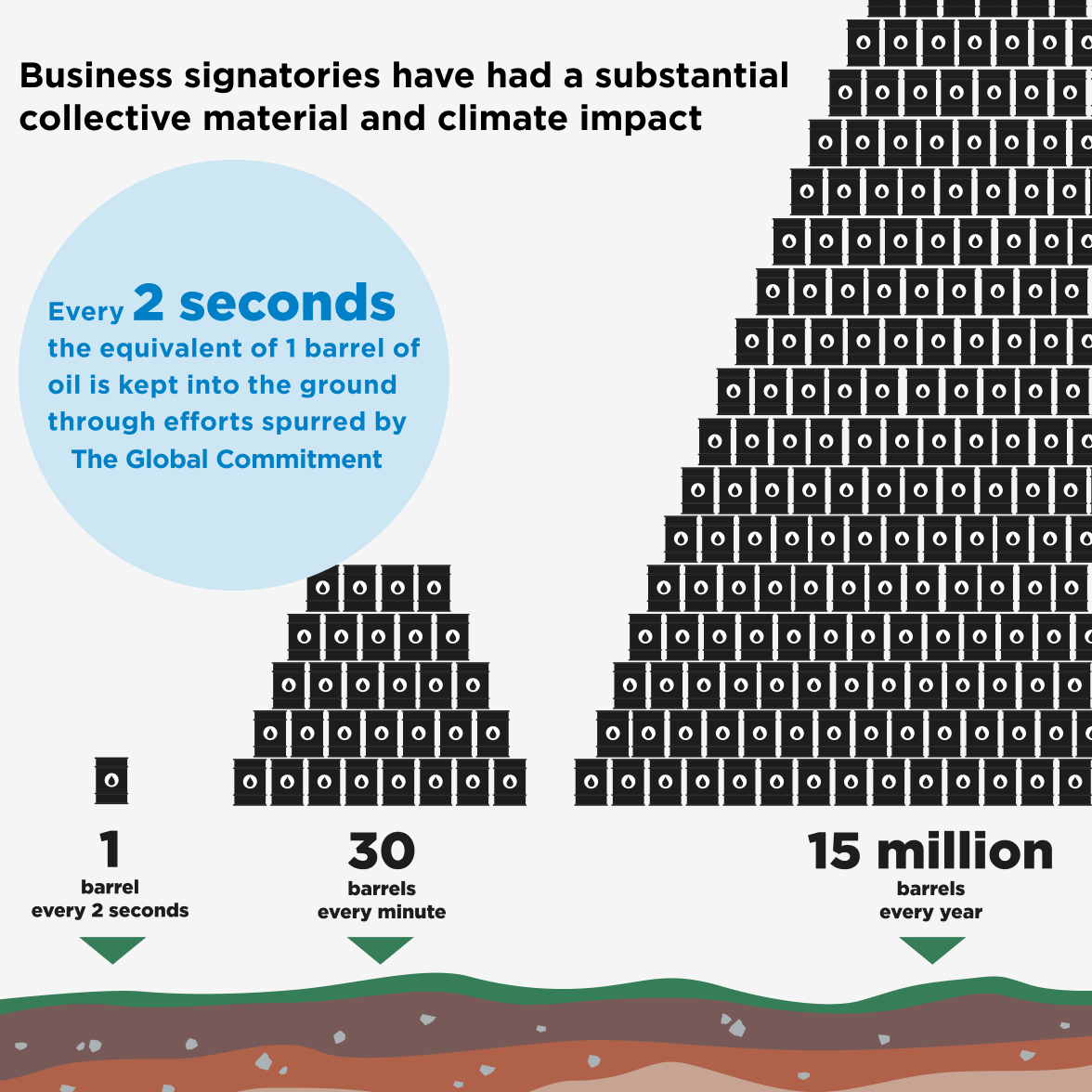
As a result...
Through the Global Commitment, the business signatories have had a substantial collective material and climate impact.
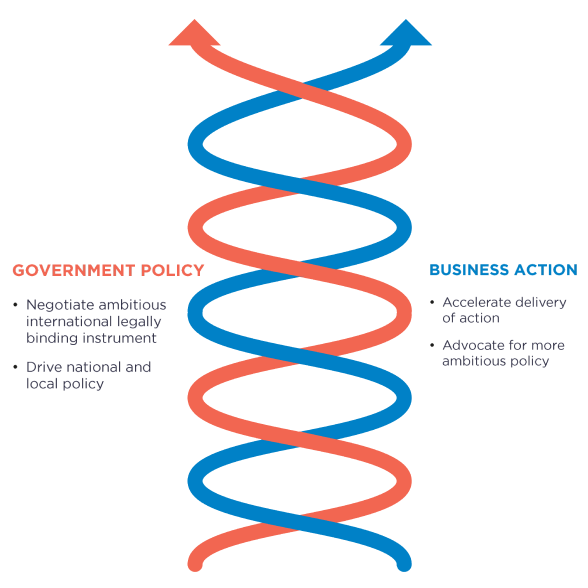
The fastest way forward is through an “ambition loop” in which government policy and business action mutually reinforce and build off each other.
The insights gained over the past five years make it evident that we require a dual approach: more ambitious, legally binding policy measures, as well as accelerated voluntary business action. This cannot be an either-or: both are crucial to unlock the progress we want to see.
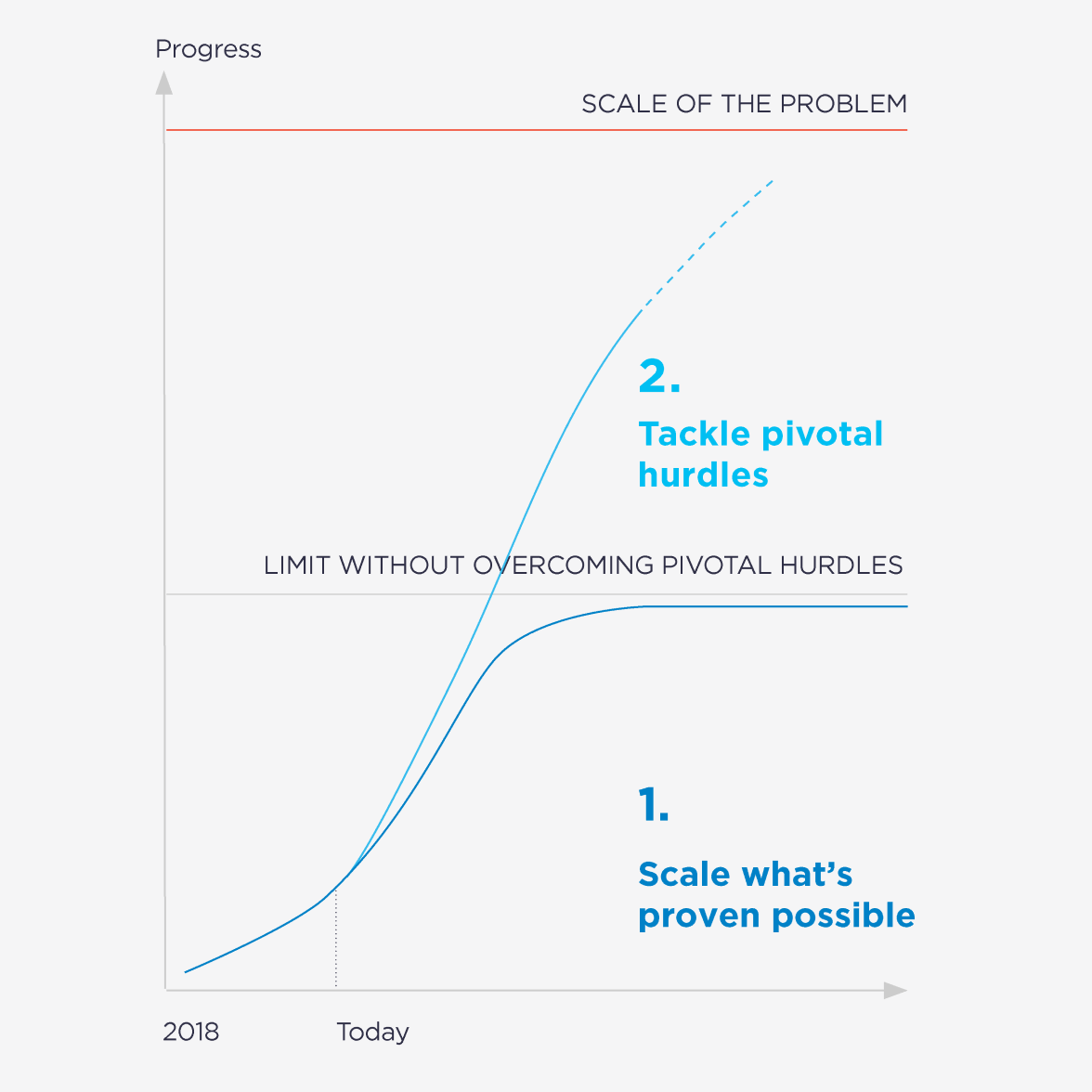
Over the last five years...
Industry leaders have compellingly demonstrated that progress is possible across a number of key areas, but it has also become apparent that there are three pivotal hurdles standing in the way of further progress.

Looking ahead...
Looking ahead, the Global Commitment will continue to serve as a key force in driving voluntary action and openly sharing both successes and obstacles with the world, informing and complementing the international legally binding instrument.
The learnings from the Global Commitment over the past five years have shown it’s possible to keep natural resources in the ground and plastics in the economy and out of the ocean. When we took our first steps on this path, there was still limited action on this topic. Thanks to the efforts over the last five years, we now know that at-scale progress is possible, and where the key hurdles are that are preventing further change. This is a major step forward. But the world remains far off track from fixing the plastic pollution crisis. The international legally binding instrument on plastic pollution currently being negotiated, alongside accelerated business action, will be vital to deal with this global problem. This can’t be an either-or: both are crucial to ensure progress is pushed further and faster
Sander Defruyt, Plastics Initiative Lead at the Ellen MacArthur Foundation
In the past five years, the Global Commitment has demonstrated how plastic pollution can be curbed, while shedding light on the ‘pain points’ that need to be addressed to get the system redesign right.
More than half (53%) of reporting government signatories have set quantitative targets to accelerate progress on reusability, and to promote systems redesign to favour more recyclable and where relevant compostable alternatives.
The ongoing negotiation for an international legally binding instrument is a chance to agree the rules, measures, and incentives for an enabling environment to end plastic pollution. Governments, businesses, and all relevant stakeholders must act with unity to ensure we do not miss this historic opportunity.
Sheila Aggarwal-Khan, Director of UNEP’s Industry and Economy Division
All progress reports

Sign up to the Foundation newsletter
Be notified when the 2024 Global Commitment report is published, and other news from across the Foundation with our monthly newsletter.


